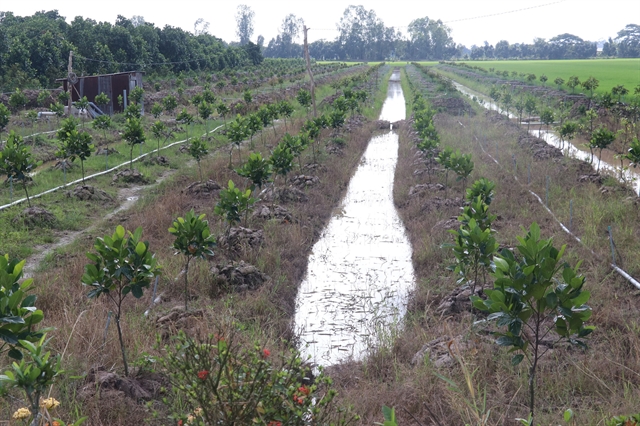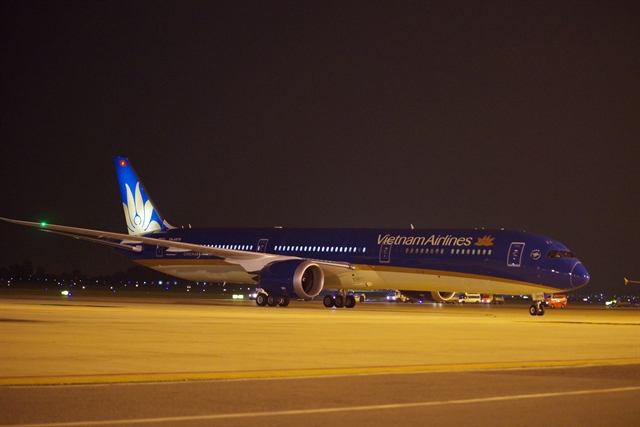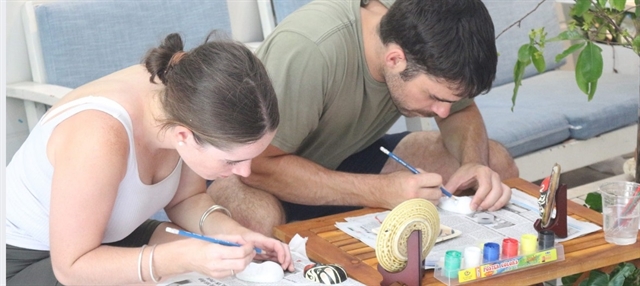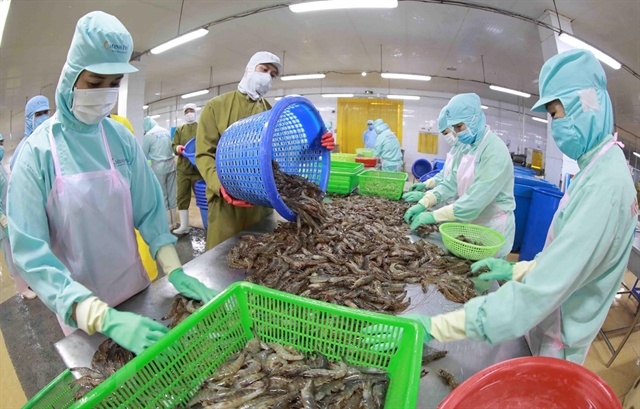 Economy
Economy

Việt Nam’s Manufacturing Purchasing Managers’ Index (PMI) dropped to 51.5 in September from 53.7 in August, but business confidence rebounded from August’s low, according to a Nikkei report released on Monday.
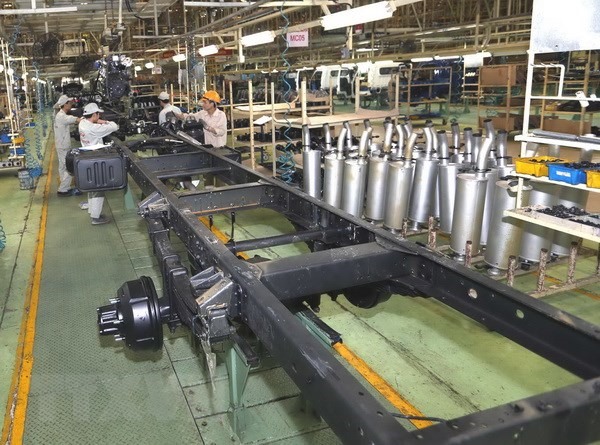 |
| Việt Nam’s manufacturing employment increased in September. — VNA/VNS Photo |
HÀ NỘI – Việt Nam’s Manufacturing Purchasing Managers’ Index (PMI) dropped to 51.5 in September from 53.7 in August, but business confidence rebounded from August’s low, according to a Nikkei report released on Monday.
The slower expansion in its goods-producing sector caused Việt Nam to lose its top position in the ASEAN manufacturing PMI rankings to the Philippines in September. Việt Nam, which was the best performer in August, slipped to joint-second place alongside Malaysia in September.
According to the report, the rate of improvement in the health of the sector has eased in three successive months, with the latest strengthening of business conditions the weakest since last November. That said, operating conditions have now improved in each of the past 34 months.
“As was the case throughout the third quarter of the year, growth in the Vietnamese manufacturing sector moderated during September. While remaining positive overall, demand conditions are clearly less buoyant than they were during Q2,” Andrew Harker, Associate Director at IHS Markit, which compiles the survey, said.
Central to the drop in Việt Nam’s PMI figure during September were slower rises in both output and new orders. Manufacturing production rose at the weakest pace since March, with growth easing for the third month running. This was also the case with regard to new business, which nonetheless continued to rise solidly due to improving customer demand. Meanwhile, new export orders rose modestly, and to the slowest extent in 16 months.
Slower new order growth meant that firms were able to work through backlogs of work again in September. Outstanding business decreased for the fourth month running.
Manufacturing employment increased in September, as has been the case throughout the past two-and-a-half years. That said, the rate of job creation was slight, having eased to the weakest level since August 2017.
However, the report said on a more positive note, business confidence rebounded from the record low seen in August. Company plans and expected growth of new orders supported optimism that output will increase over the coming year.
Although input prices continued to rise at the end of the third quarter, the rate of inflation slowed and was weaker than the series average. Weaker cost inflation enabled firms to reduce their output prices, ending a one-year period of increases. According to respondents, efforts to secure sales amid competitive market conditions were behind the fall in charges.
“The rate of input cost inflation also continued to moderate, providing some room for firms to reduce selling prices in order to help secure new business. In fact, charges were lowered for the first time in over a year during September,” Andrew said.
Manufacturers continued to raise purchasing activity in line with higher new orders, but the rate of expansion softened to a six-month low. The rate of accumulation in stocks of purchases also slowed, and was only fractional. Meanwhile, stocks of finished goods decreased for the first time in three months.
Finally, suppliers’ delivery times were unchanged in September, following a slight lengthening in the previous month. Some panellists saw lead times improve due to requests to suppliers for faster deliveries. Conversely, other firms indicated that raw material shortages led to delivery delays, according to the report. — VNS

